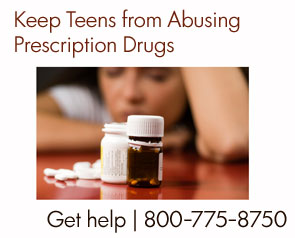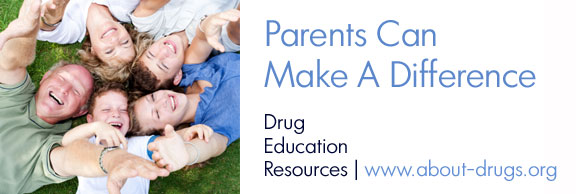
By the time American children are through with high school, more than 50% of them have abused an illicit drug or a prescription drug. Approximately 60% of American students have drunk alcohol by the time they graduate from high school, 41% of them binge drinking (five or more drinks in a short time period) in the two weeks before the survey.
Europe is seeing some improvements in drug abuse among the young, with decreases particularly in cannabis use. But polydrug use and a proliferating market for synthetics like mephedrone and synthetic cannabis are worrisome.
In these geographic regions and others, children who are not adequately educated on the problems that can arise from drug abuse are frankly at risk.
The Monitoring the Future report that comes from the University of Michigan each year paints a picture of what happens when there is not enough information broadcast to young people who lack the experience to know what can happen from drug abuse. The latest report, issued in December 2011, noted that while heroin and cocaine use were down in the US, marijuana use was up and prescription drug abuse was steady at a high level.
In the US, schoolchildren 12 to 17 make up nearly 8% of those going into drug rehabs for help. When you total up the number who are not even 21 years old yet, you come up with 15% of the two million people into treatment in 2009. That’s 300,000 young people. The primary drug that group is struggling with is marijuana, but 67,000 went to treatment for alcohol abuse.
Many Teens Are Easily Convinced that Prescription Drugs are Safer
When teens see themselves or their friends given prescription drugs throughout their lives for problems focusing and settling down in schools or for injuries, and when they see their parents consuming prescription drugs for anxiety, pain or sleep problems, it is not hard to understand that they might consider prescription drugs a safe substance to abuse.
And so American youth abuse these drugs in unacceptably high numbers. Prescription drugs of abuse are all addictive and some of them are fairly easy to overdose on.
The number of high school seniors abusing prescription opiates like hydrocodone or oxycodone almost doubled between 1991 and 2010, hitting more than 13%.
In 2010, 7.5% of high school seniors abused a sedative. Eight percent abused a tranquilizer like benzodiazepines. Two percent abused steroids.
The class of amphetamine drugs was abused by 11% of seniors. This class includes the drug Adderall, commonly prescribed for young Americans and so in plentiful supply in schools. Ritalin, another stimulant, was abused by 2.7% of high school seniors and 2% of high school seniors also abused Provigil, a drug that was previously prescribed to children for so-called “attention disorders” but which was banned from use on young people due to serious adverse reactions.
Parents and Narconon Working Together Can Save Lives
Parents may be reassured to find out that they can have a positive effect on their children by talking to them opening about drug use. It’s important that both parents agree on the anti-drug and anti-alcohol stance taken, as the National Center on Addiction and Substance Abuse at Colombia University (CASA) found that this one factor can have a profound effect on whether or not a child decides to use drugs or alcohol.
CASA also found that having family dinners five or more times a week coincides with lower substance abuse than is found in families where communal dinners are held three or fewer times each week.

The Narconon alcohol treatment or drug rehab delivered in rehab facilities around the world is there when drug prevention fails. When a person struggles with addiction, unfortunately, this struggle can go on far too long before they get effective help. At Narconon rehab centers, seven out of ten graduates stay clean and sober after they go home, without the need of Narconon meetings, which is a remarkable success rate in this field.
Narconon also sends staff and volunteers to schools, clubs, civic groups and even the streets in some cities to educate children on drugs to prevent addiction from ever becoming a problem. Drug education teams are sent out from Narconon California and other centers across the US, in Ghana, Nepal, across Europe and in other parts of the world.
With parents and Narconon both working on the matter of drug abuse, addiction does not have to result in a lifetime habit, incarceration or death.
Resources:
http://monitoringthefuture.org/pubs/monographs/mtf-vol1_2010.pdf
http://www.casacolumbia.org/templates/publications_reports.aspx: National Survey on American Attitudes on Substance Abuse XVI.
http://www.emcdda.europa.eu/attachements.cfm/att_143743_EN_EMCDDA_AR2011_EN.pdf
http://oas.samhsa.gov/NSDUH/2k9NSDUH/tabs/Sect2peTabs1to42.htm#Tab2.4B
http://monitoringthefuture.org/pubs/monographs/mtf-overview2011.pdf